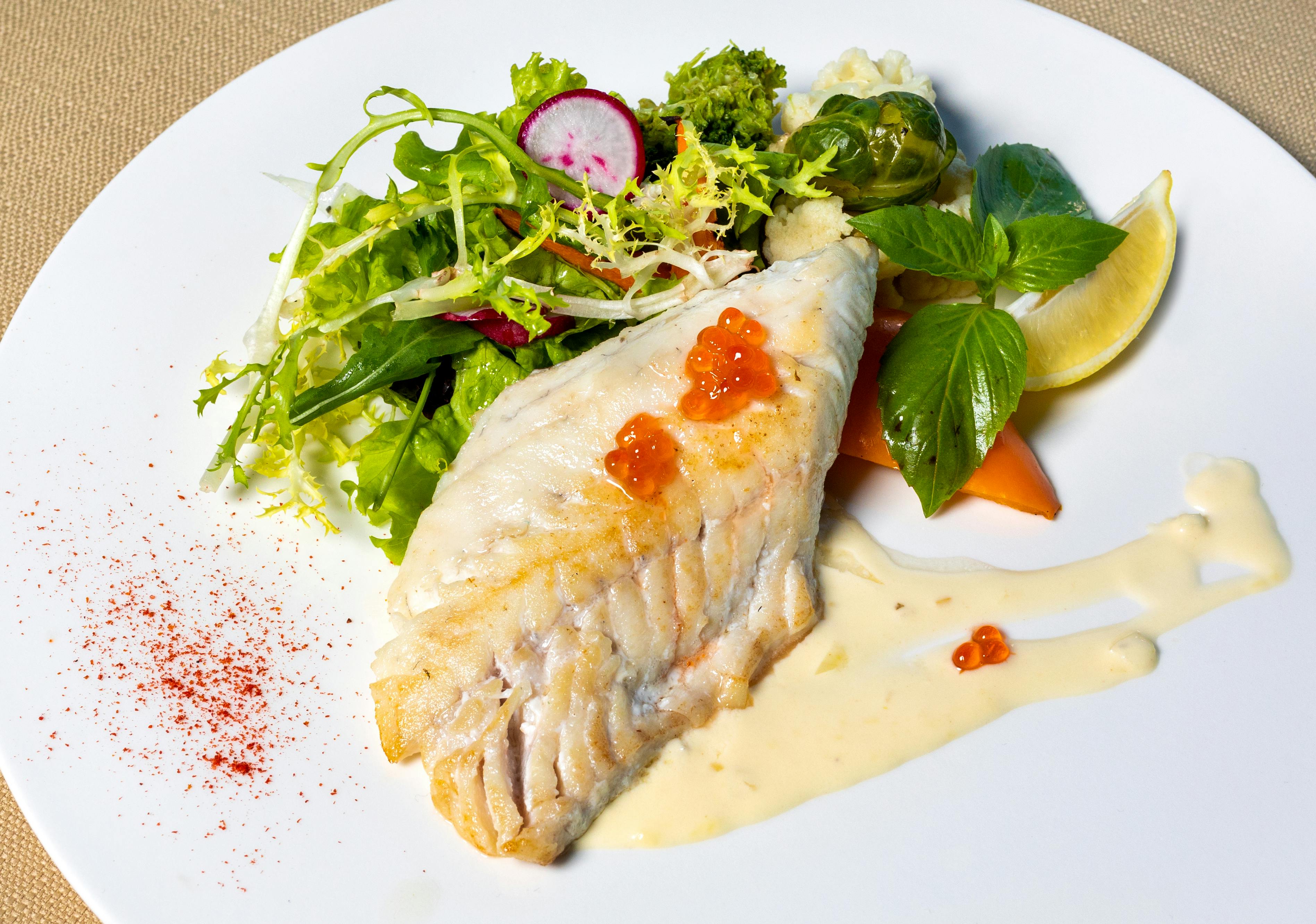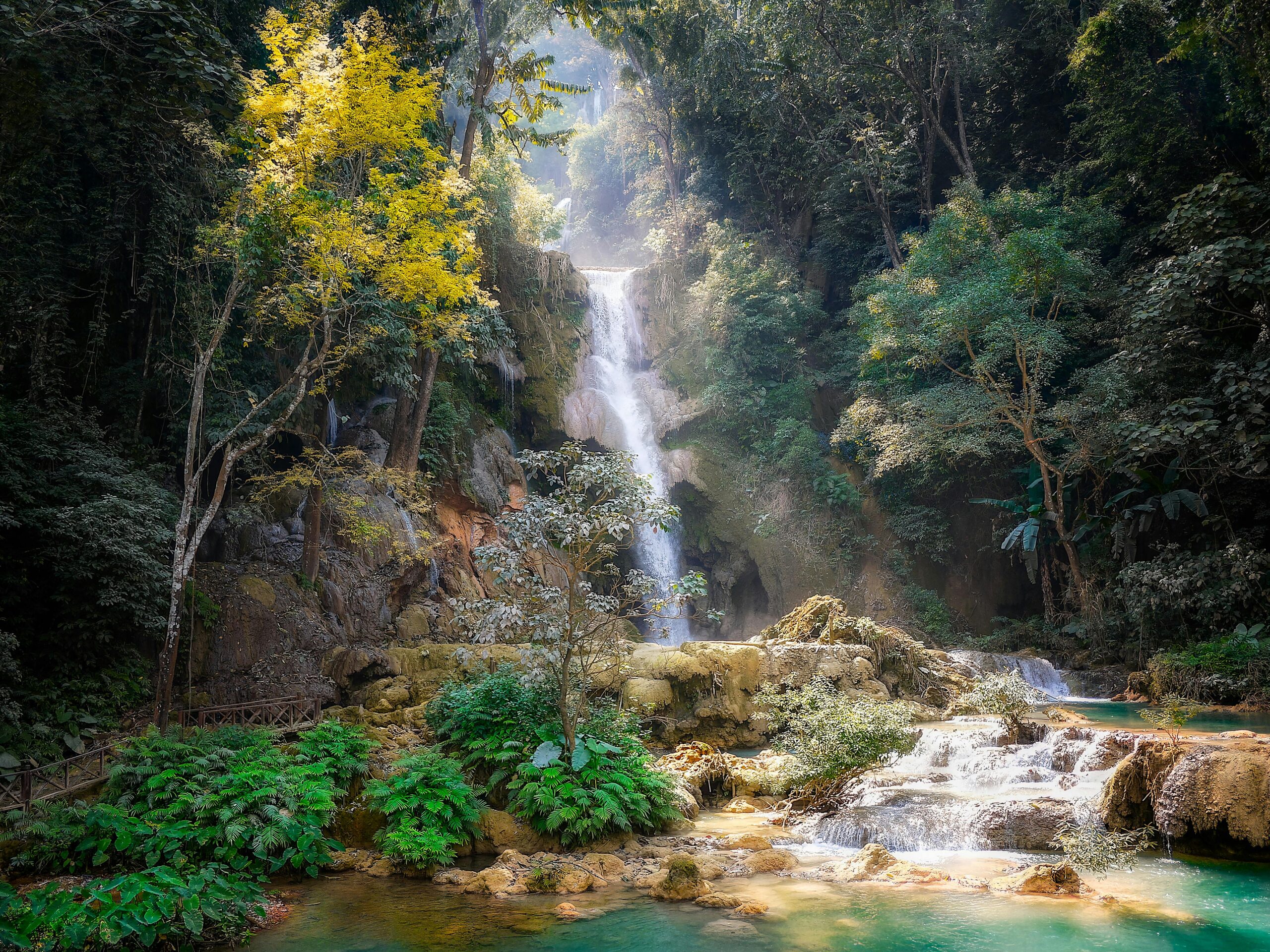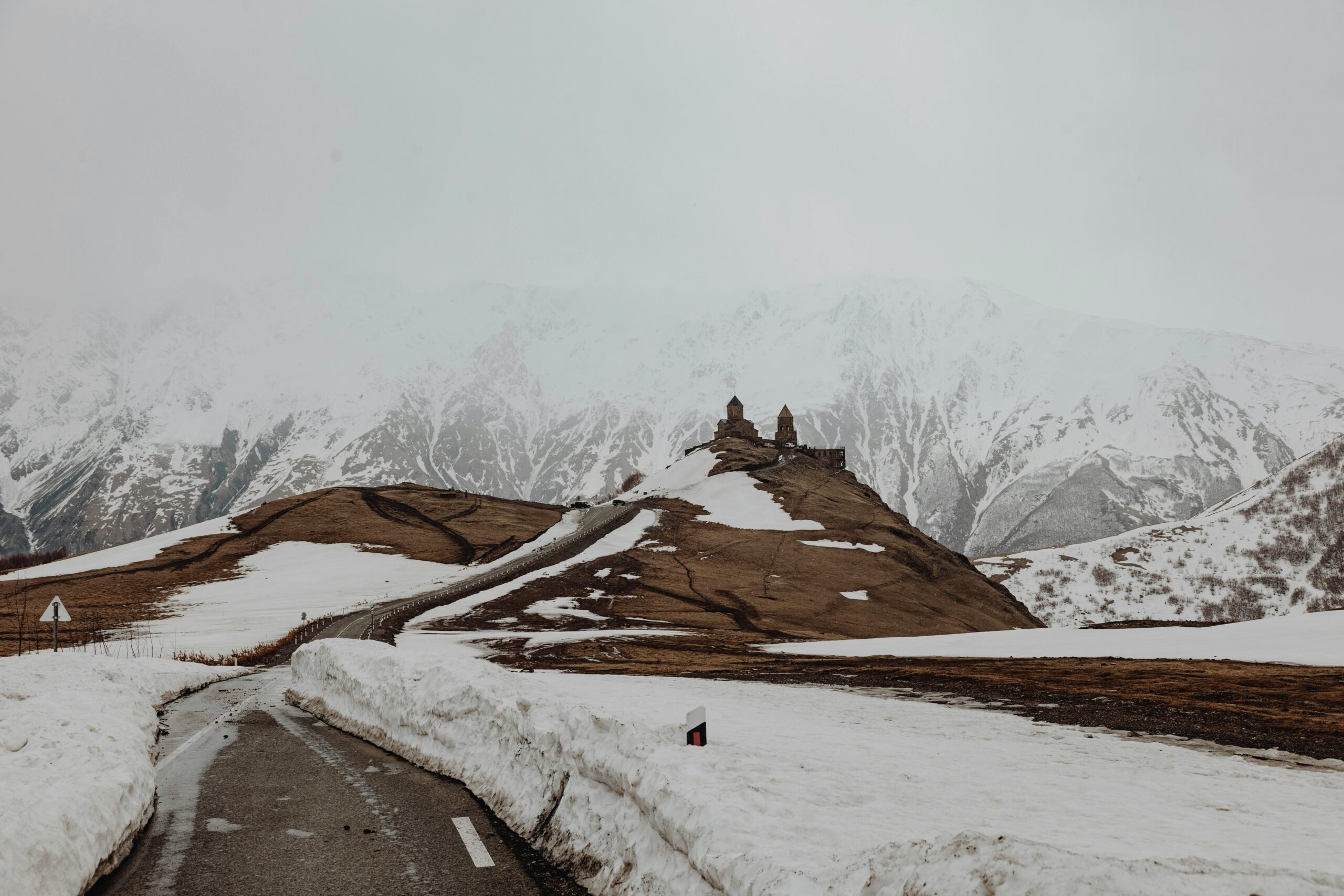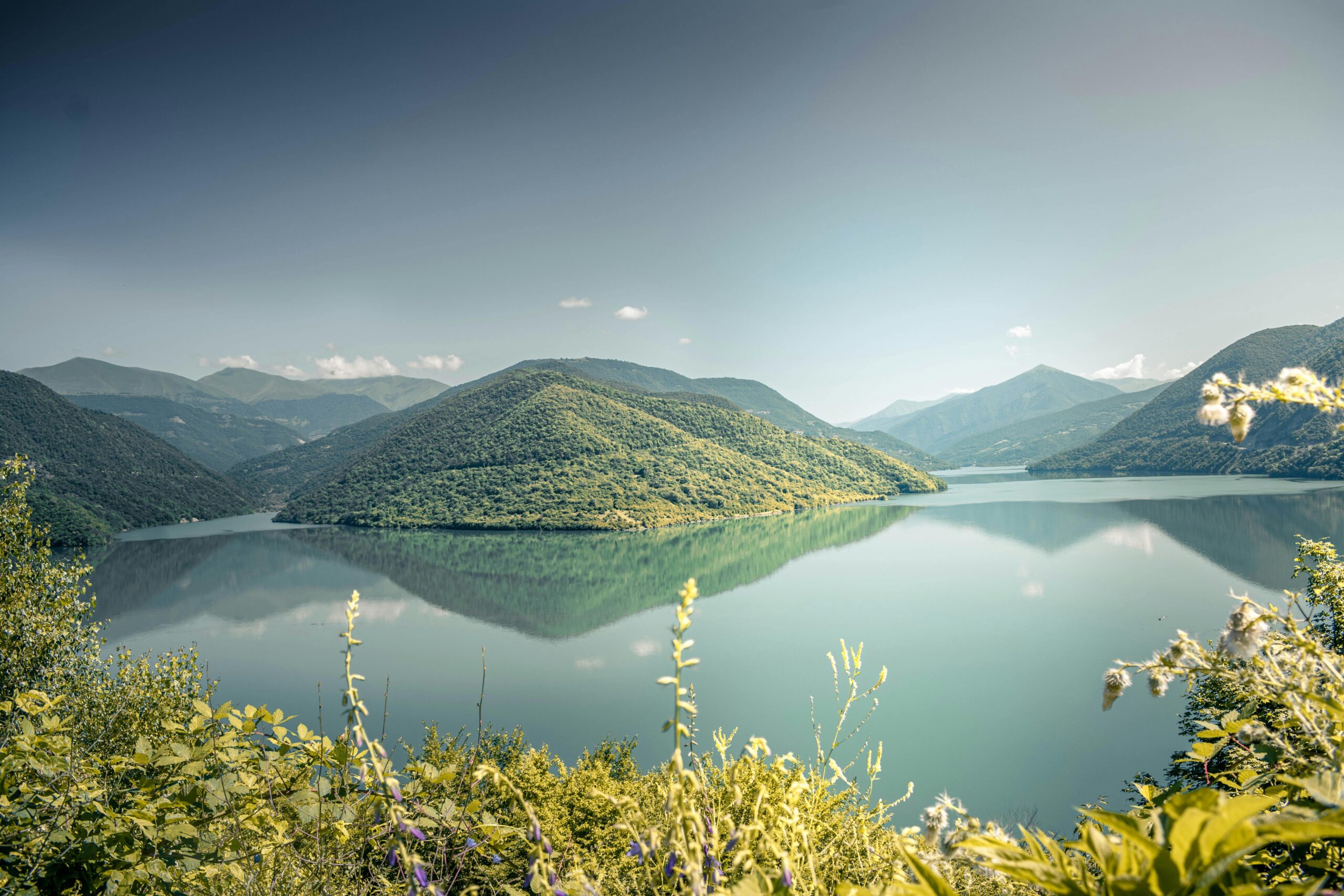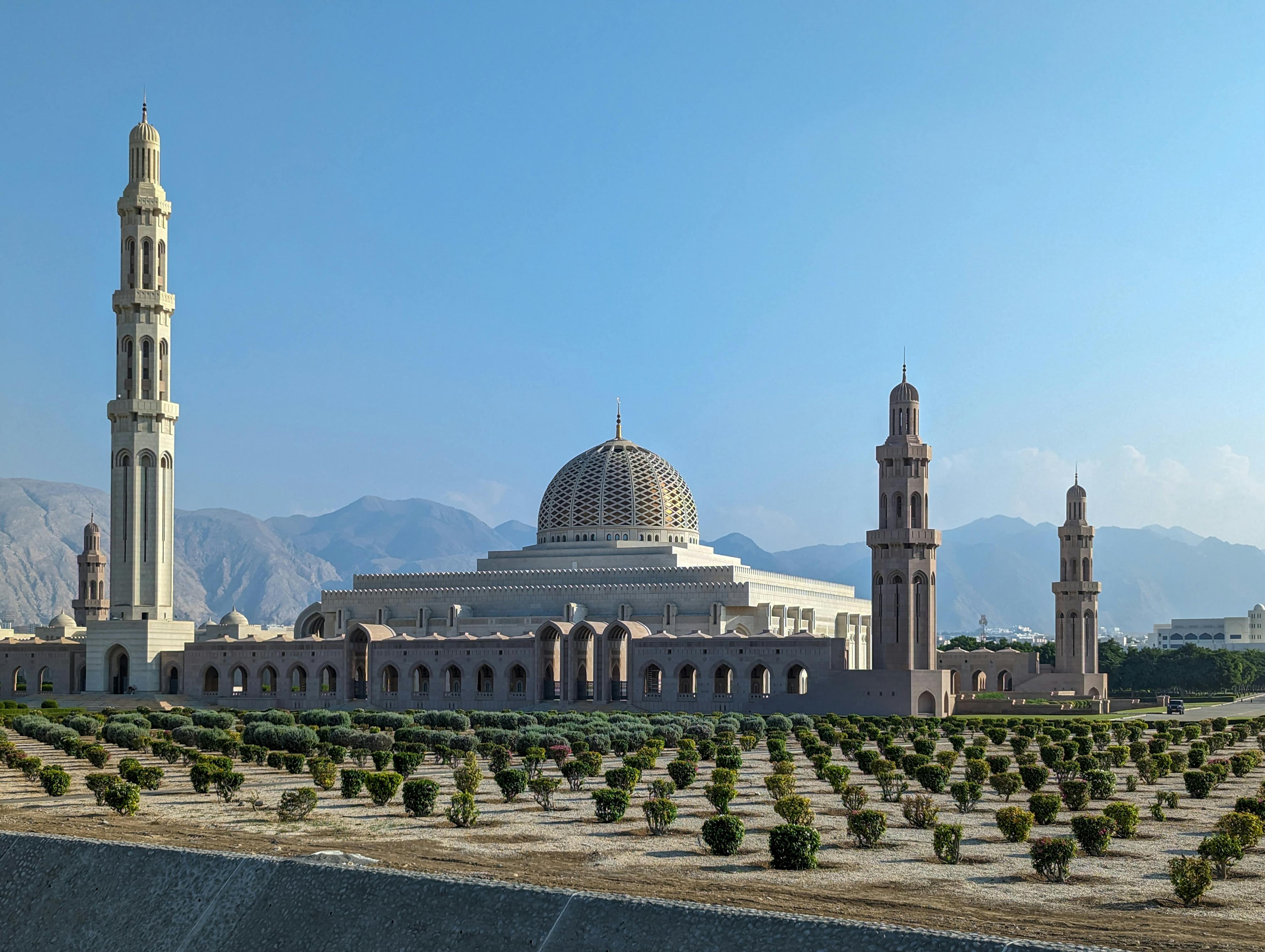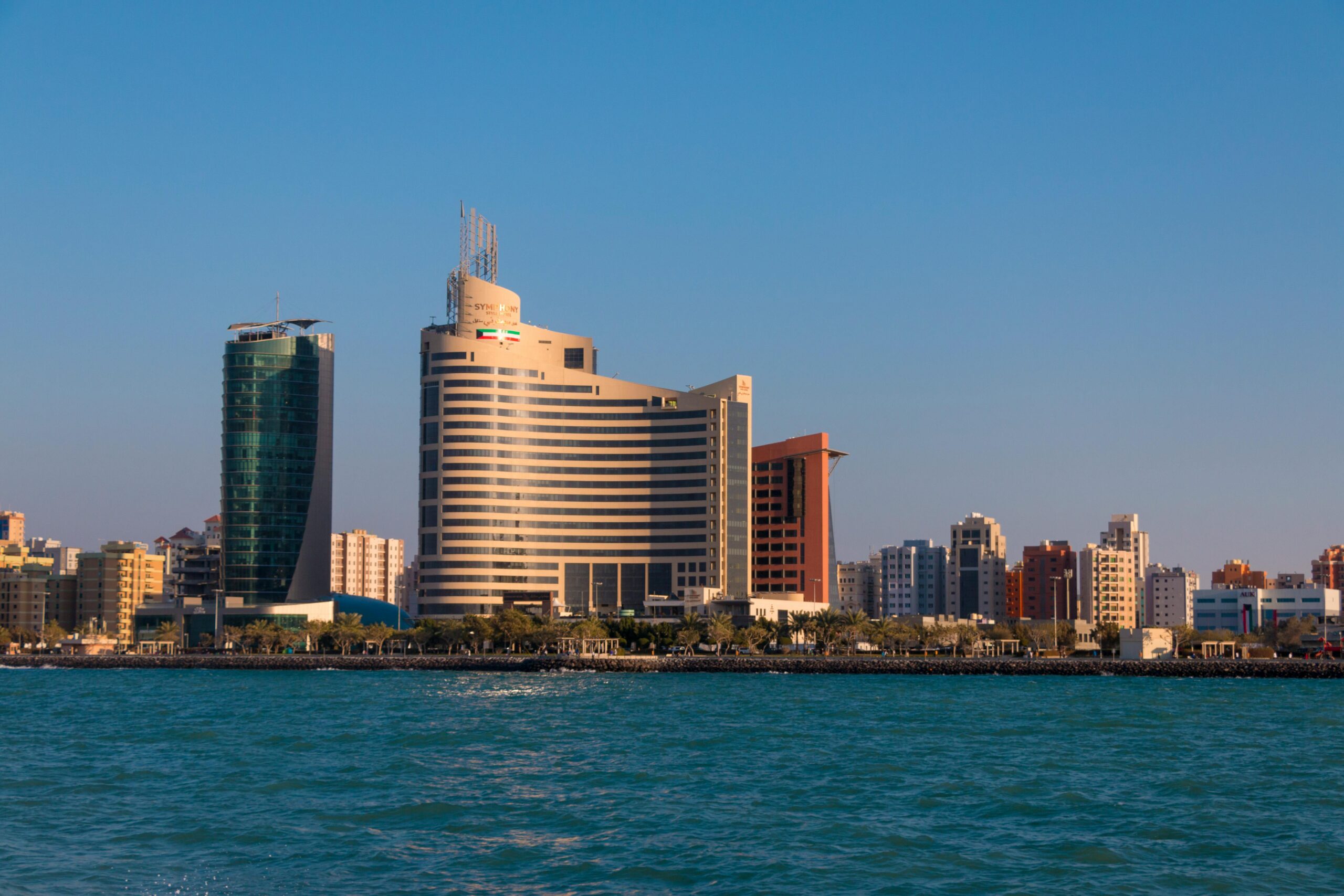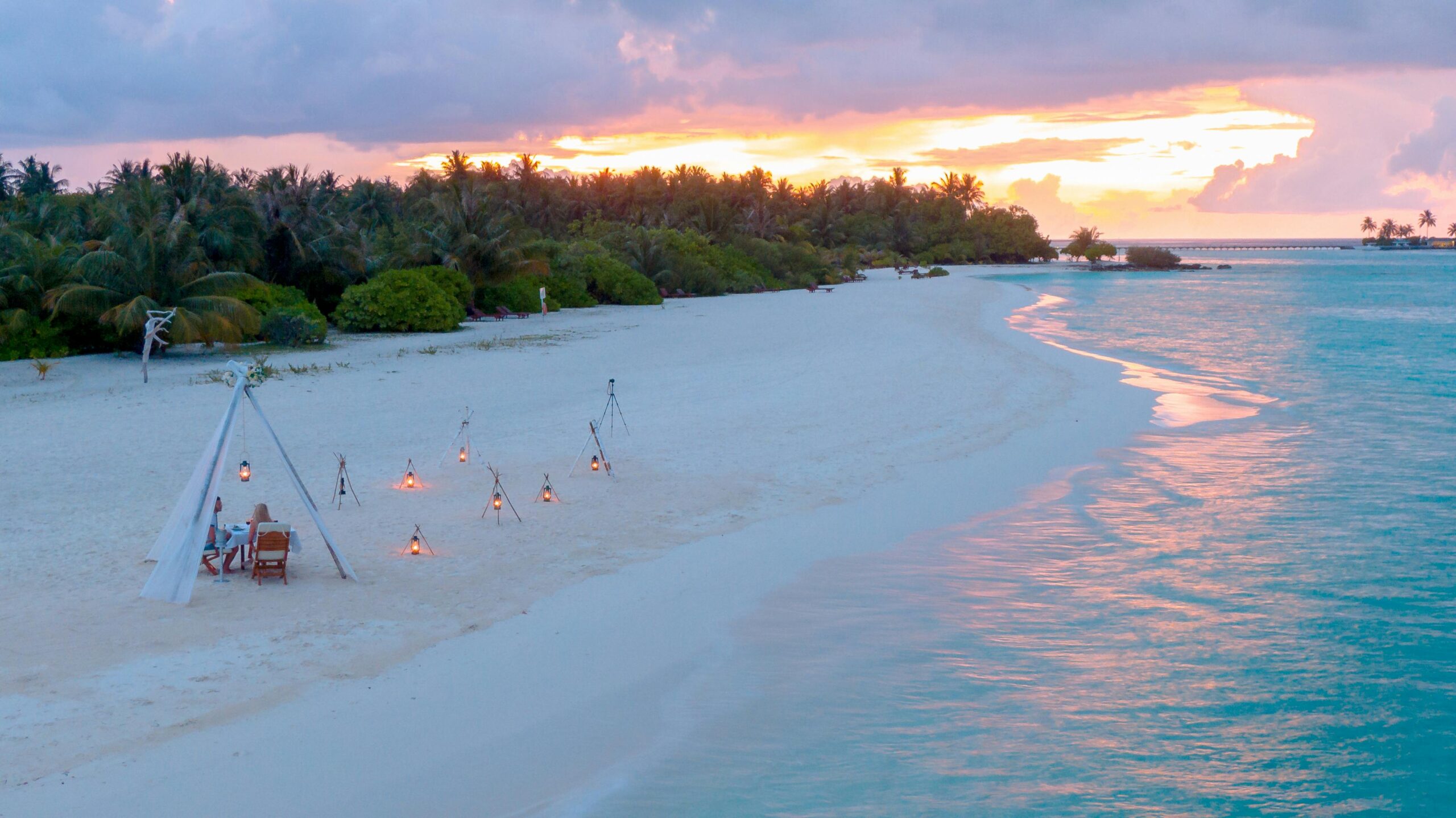Best Places to Visit in India for Christmas 2024
Christmas in India is a unique blend of cultural festivities, local traditions, and vibrant celebrations. Whether you’re looking for a white Christmas or want to bask in the tropical warmth of the beach, India has something special to offer. Here’s a guide to the best places to visit in India for Christmas 2024, where you can enjoy both the festive spirit and the country’s rich diversity.
1. Goa: The Ultimate Christmas Celebration
Goa is undoubtedly one of the best places to visit in India during Christmas. Known for its beautiful beaches, vibrant nightlife, and Portuguese-influenced architecture, Goa turns into a festive paradise. The Christmas celebrations here are famous for their lively spirit, with church services, music, dances, and spectacular firework displays.
The beaches like Baga, Anjuna, and Calangute host vibrant parties, and the local markets are filled with Christmas decorations, handicrafts, and delicious treats. Whether you’re looking to relax by the sea or party all night, Goa offers a perfect Christmas getaway.
2. Kerala: A Peaceful and Scenic Christmas Escape
If you’re seeking a more tranquil and scenic setting for your Christmas holidays, Kerala is the place to be. Known as “God’s Own Country,” Kerala offers a serene ambiance perfect for relaxation and spiritual reflection. The hill stations like Munnar and Wayanad are especially magical during Christmas, with lush green landscapes, misty mornings, and cool temperatures.
In cities like Kochi and Trivandrum, you can experience a blend of traditional Christian celebrations, including Midnight Mass in beautiful churches, Christmas feasts, and cultural performances. Kerala’s backwaters and pristine beaches offer an idyllic escape during the festive season.
3. Shillong: A Winter Wonderland in the Northeast
Shillong, the capital of Meghalaya, is one of the most charming places to visit in India during Christmas. This hill station, known as the “Scotland of the East,” offers a delightful winter atmosphere with cool temperatures and mist-covered hills. The city is adorned with Christmas decorations, and the vibrant celebrations include carol singing, dance performances, and Midnight Mass.
Shillong is also known for its local Christmas delicacies and warm hospitality. If you want to experience a cozy Christmas amidst picturesque landscapes, Shillong is an ideal destination.
4. Mumbai: A Blend of Festivity and Urban Charm
Mumbai, India’s financial and entertainment capital, offers a unique blend of modernity and tradition, making it an exciting Christmas destination. The city is beautifully lit up, with Christmas trees in every corner and markets filled with festive products. The churches, especially the famous Mount Mary Church in Bandra, host beautiful services and celebrations.
The festive spirit is palpable in the streets, and local malls, restaurants, and cafes also offer Christmas-themed events. Mumbai’s Christmas celebrations offer a blend of the metropolitan vibe with deep-rooted religious customs, making it an exciting destination for families and solo travelers alike.
5. Darjeeling: A Christmas in the Hills
If you’re dreaming of a Christmas in the hills, Darjeeling in West Bengal is an ideal destination. Famous for its tea gardens, colonial-era charm, and breathtaking views of the Kanchenjunga range, Darjeeling offers a perfect winter retreat. Christmas in Darjeeling is a magical experience, with carol singing, local performances, and beautifully decorated churches.
You can enjoy a cozy Christmas in a colonial-style bungalow, sip on freshly brewed tea, and take a toy train ride for an unforgettable experience. The cool mountain air and festive spirit make Darjeeling a wonderful place to celebrate Christmas.
6. Chennai: A Coastal Christmas Celebration
Chennai, the capital of Tamil Nadu, has a rich Christian heritage and celebrates Christmas with enthusiasm. The city comes alive with festive cheer, from the beautifully decorated churches to the Christmas markets selling handcrafted goods and local delicacies. The coastal town offers a warm Christmas experience, with the beaches of Marina and Elliot’s providing the perfect backdrop for a relaxed holiday.
In addition to the festive decorations and celebrations, you can enjoy the unique Tamil Christian traditions and feast on delicious South Indian Christmas treats like “Plum Cake” and “Appam.”
7. Rishikesh: Spiritual Christmas Amidst the Ganges
For those seeking a spiritual and serene Christmas, Rishikesh in Uttarakhand is the perfect destination. Located on the banks of the holy Ganges River, Rishikesh is known for its yoga centers, meditation retreats, and ancient temples. During Christmas, the city celebrates with a peaceful atmosphere, including special prayers, spiritual talks, and ceremonies.
Whether you’re seeking spiritual enlightenment or simply want to enjoy a quiet holiday surrounded by nature, Rishikesh offers a peaceful Christmas experience. The winter chill in the air and the sound of the Ganges make it a unique location to celebrate the season.
Conclusion
India offers an eclectic mix of destinations that are perfect for a Christmas holiday. From the laid-back beaches of Goa to the serene hills of Darjeeling, the country caters to every kind of traveler. Whether you seek a festive party vibe, spiritual tranquility, or a cozy family retreat, the best places to visit in India for Christmas promise to offer magical experiences that will make your holiday season unforgettable.
So, pack your bags and head to one of these beautiful destinations for a Christmas like no other!
Read more

